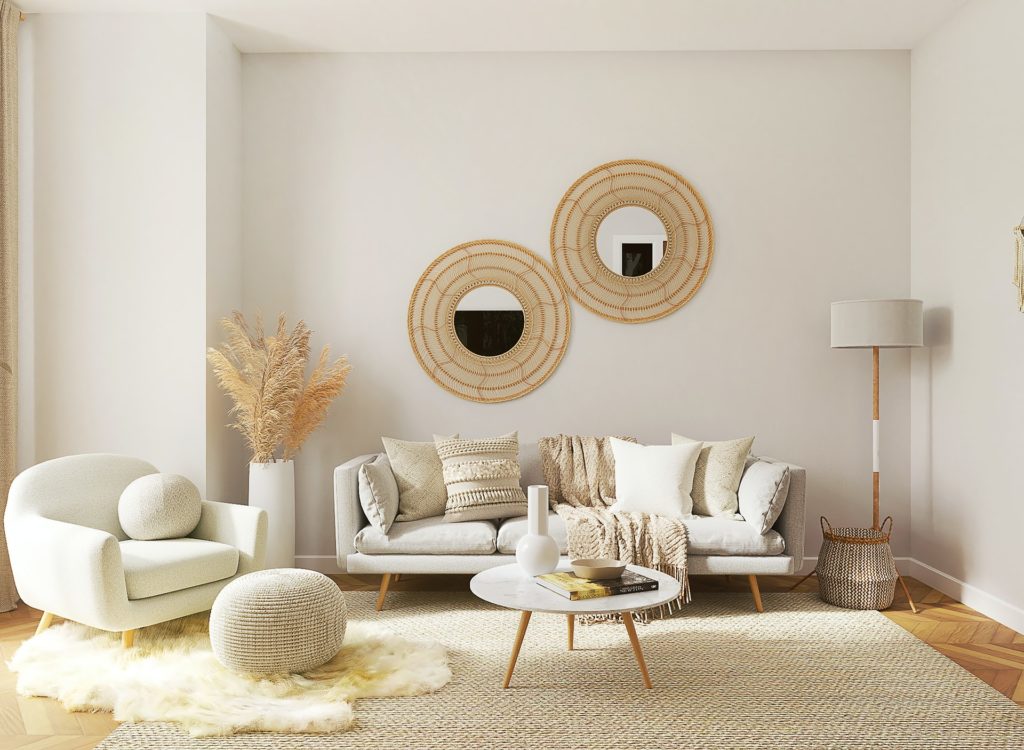The Importance of Texture In Interior Design
Texture is an essential aspect of interior decor, yet many homeowners overlook it while focusing on colour palettes and lighting. When an interior designer places importance and value on the texture of a space, it’ll feel more sophisticated, polished, and complete. Without the consideration of texture, a room can feel flat or two-dimensional.
Here is what you need to know about texture in design so that your home doesn’t feel flat:
What is texture?
When talking about texture, we’re referring to the surface of furniture or objects. You know something has texture when you can feel it with your hands. Consider the difference between a wicker basket and a smooth plastic plant pot. Materials such as wicker, wood, leather, or silk often have textures that can be experienced visually and through feel.
How does texture impact interior design?
Texture benefits a room in two key ways: “visual weight” and balance.
Visual weight is the ability of an element to draw your attention or take up visual space. Using texture consciously in design can create movement in a room as the eye is drawn to specific areas and aspects.
Texture also adds essential balance to a space through contrast. When textured furniture is appropriately placed within a room, it creates visual interest and depth. The trick is not to overwhelm a space and create a hectic look and feel.
Top 3 textured interior design tips:
There are many ways to use texture in interior design. Now that you know what texture is and how it can improve the look of your home, here are the three ways to start incorporating texture into your home:
1. Look at the bones of the room.
Texture can be a big commitment or a little one. You could opt for architectural aspects such as exposed brick or add some intricate crown moulding to provide visual depth. However, you can also look at the floors and the walls from a decor perspective instead of architectural aspects. Consider a textured area rug or intricate art. These textured elements can provide plenty of character without the big budget of tray ceilings.
2. Play with furniture
Furniture is the perfect way to introduce texture to a space. Textured fabrics, such as leather and satin, provide a rich texture to any room. Metallic furniture and brass elements can offer a lot of texture and pizazz. Metallic furniture and brass elements can offer a lot of texture and pizazz.
3. Factor in decorative elements.
Decorative elements are essential when considering textured interior design. Many natural textures are popular right now and pair well with the west coast inspired styles such as pampas grass, seagrass baskets, and stone artwork. Wicker is making a major comeback right now. This natural texture is perfect for creating engaging visual elements within a room that can be easily moved and provide a lot of versatility.
Texture is often overlooked, but it’s worth its weight in gold. If you’re interested in learning more about pairing textures and creating cohesion and balance within a space with various textures, our design team can help. Our team of experienced and passionate interior designers love to play around with texture, and they’re here to share all of their knowledge. Get in touch today.

